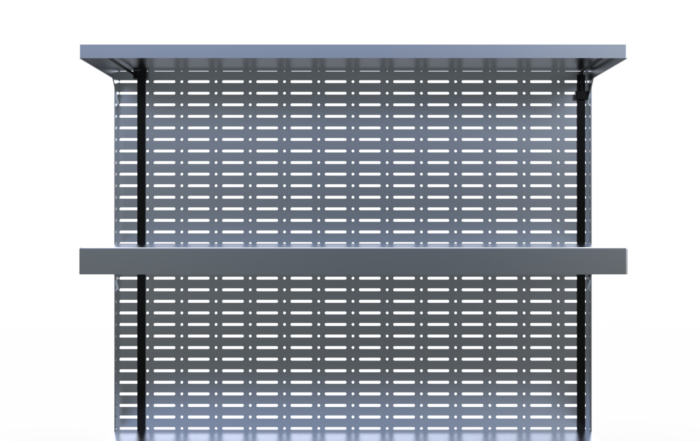When properly cared for, how long do LED strip lights typically last?
More and more people are opting for LED strips because they are an excellent option for any home, business, or factory setting. LED strip lights have a very long lifespan, which is crucial. What, though, is their actual lifespan? If you need to find out whether or not your LED strips will last as long as the manufacturer claims, keep reading to find out what factors into their predicted lifespan.
LED strip design details
LEDs, FPCBs (Flexible Printed Circuit Boards), resistors, and other components make up the bulk of LED strips. The surface Mount Technology (SMT) Assembly Process produces LED strips to attach the LEDs, resistors, and other components to the flexible printed circuit board (FPCB).
LED strips used in extreme environments, such as outdoors or underwater, will have silicone or PU adhesive applied to protect them.
LED strips with higher IP ratings will not last as long as IP20 led strips because they cannot dissipate heat as quickly. In general, an LED’s luminosity improves in colder settings. However, in general, light output decreases as temperatures rise.
The SMD LED chip is an essential part of the LED strip. But ultimately, the LED strip’s lifespan is set by the SMD LED’s durability. So, how do we estimate how long LEDs will last?
The 70-Percent Rule and the LED Lifespan (L70)
LEDs react differently over time, gradually reducing light output as opposed to the abrupt loss seen with incandescent and fluorescent bulbs. The LEDs on an LED light strip should therefore continue to function until they are deemed too faint to be used, barring any “catastrophic” failure induced by a power surge or mechanical damage.
What exactly does it mean to be “too dim to use”? Well, the solutions vary depending on the intended use of the light. However, the industry has chosen somewhat arbitrarily that a light loss of 30%, or the remaining 70% of light, should be the standard. The L70 metric is the time in hours it takes for an LED to produce 70% of its initial light output and is widely used in the industry.
The lifespan of an LED is sometimes represented as LxByCz (h).
What this indicates is that after this many hours, from a set of LED lights:
The luminous flux has decreased by x percentage points, y percentage of the luminaires in the same group have decreased below the specified luminous flux, and z percentage of the luminaires in the same group have experienced total LED failure.
After 50,000 hours of operation, the specified LED luminaires shall still produce at least 70% of their initial luminous flux, with a 10% allowance for providing less than 70% of the initial luminous flux and a 0.1% allowance for all LEDs to have failed in any one luminaire.
The formula for determining L70
The LM-80 test was established to specify the primary standard for light lifetime testing, as the choice of LED material differs significantly across different types and manufacturers. The LM80 standard requires testing at a specific temperature and driving current. The light output is monitored every 1000 hours for 10000 hours.
Tests for the LM-80 are often conducted by an independent lab and reported upon for greater objectivity. This test is performed on all high-quality LED lights by respectable manufacturers, and all reliable LED strip suppliers should be able to offer LM80 test reports, especially when purchasing in bulk.
LED life testing is complicated by the time required to collect data. A 10,000-hour test requires constant operation for around 14 months, even if LED lights are used. For innovative fields like LED lighting, this is age. Evaluating a product for the entire 50,000-hour requirement will take approximately six years.
The TM-21 extrapolation algorithm is proposed for this use case. The estimated lifetime is calculated using an algorithm that considers the LM80 sample’s performance over the first few thousand hours.





